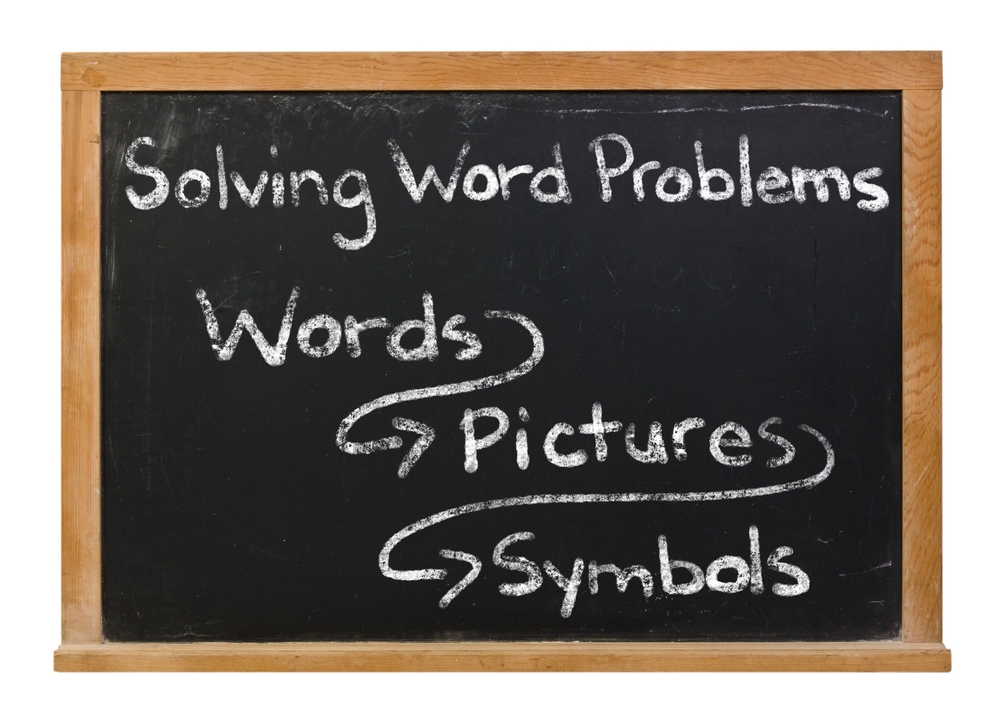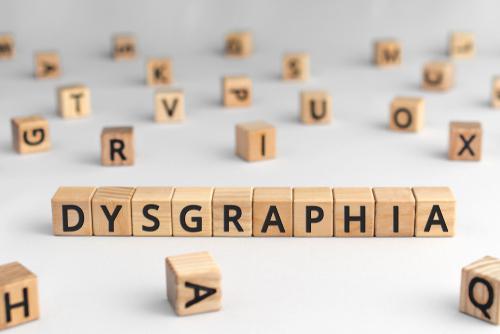Visual Learning Normal Worksheets for Ages 3-8
8 filtered results
-
From - To
Our Visual Learning Normal Worksheets for ages 3-8 are specifically designed to foster key learning skills in young children. These engaging, age-appropriate activities support cognitive development through vibrant images, fun tasks, and interactive exercises. Focusing on visual learning, our worksheets help enhance memory, attention to detail, and critical thinking in a playful manner. Perfect for preschool to elementary students, these resources promote a love for learning while boosting foundational academic abilities. Visit our website to explore a variety of worksheets that make education enjoyable and effective!
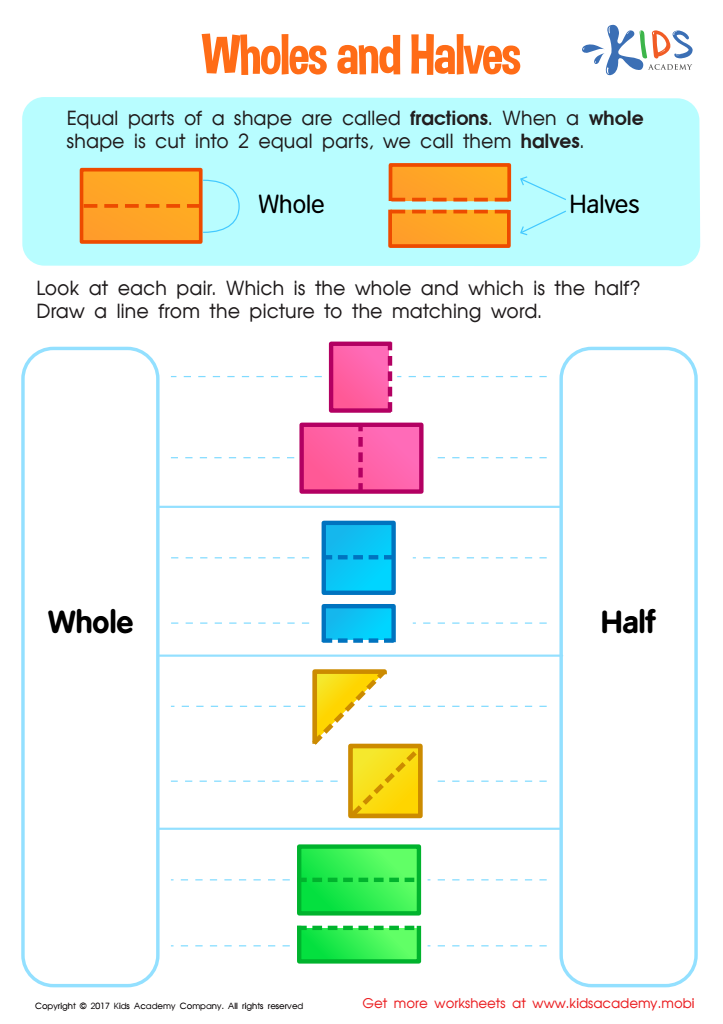

Wholes and Halves Worksheet
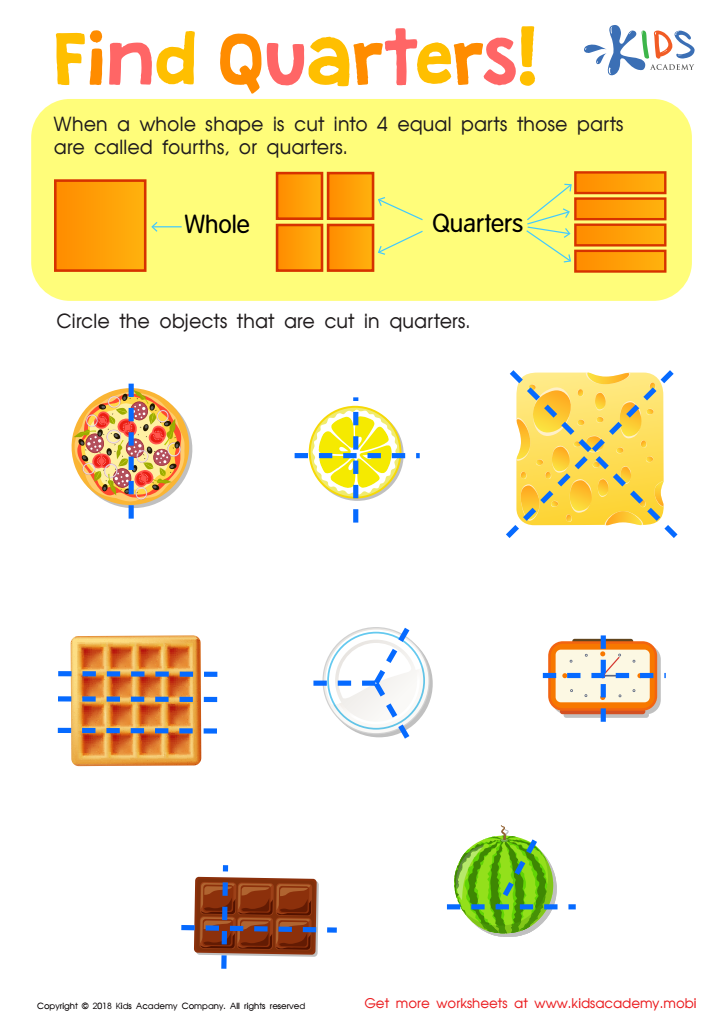

Find Quarters Worksheet
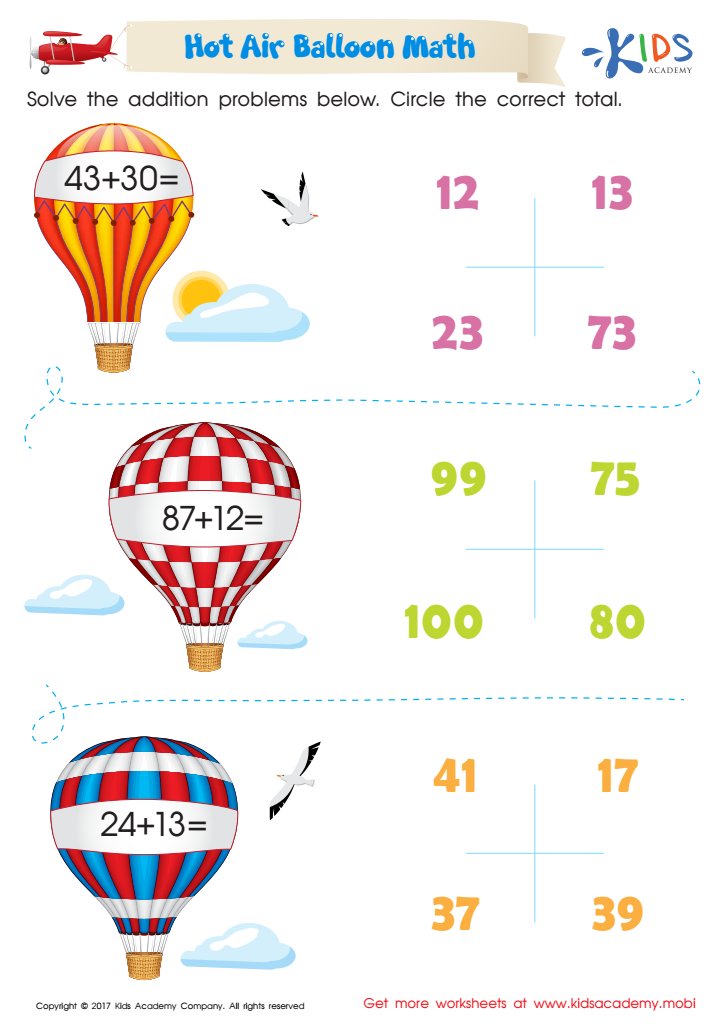

Hot Air Balloon Math Worksheet
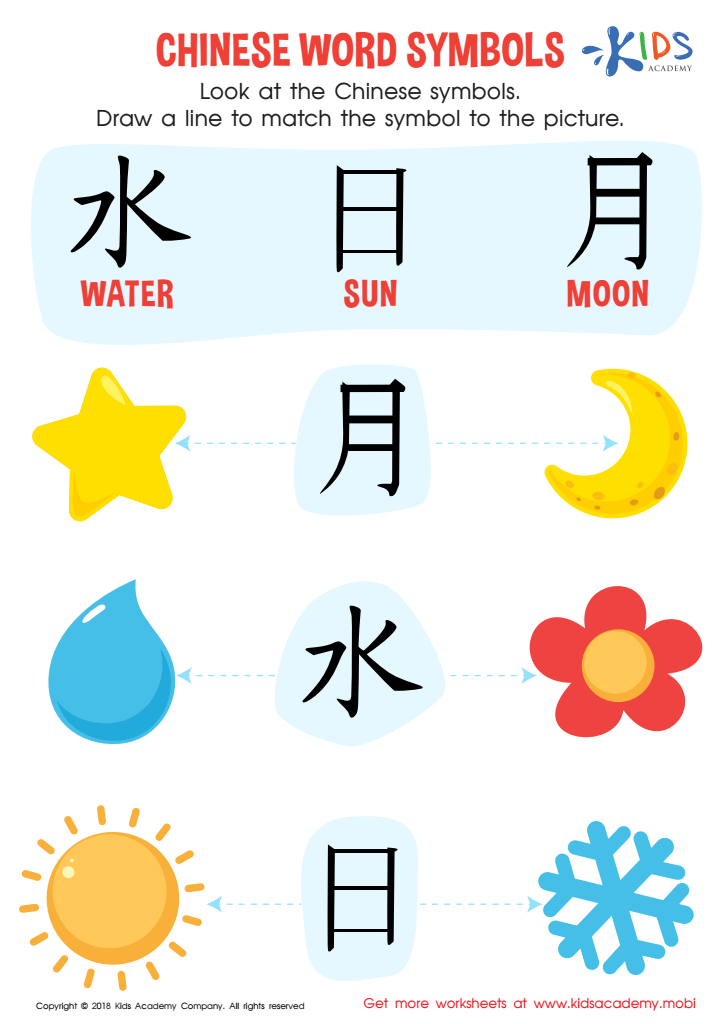

Chinese Word Symbols Worksheet
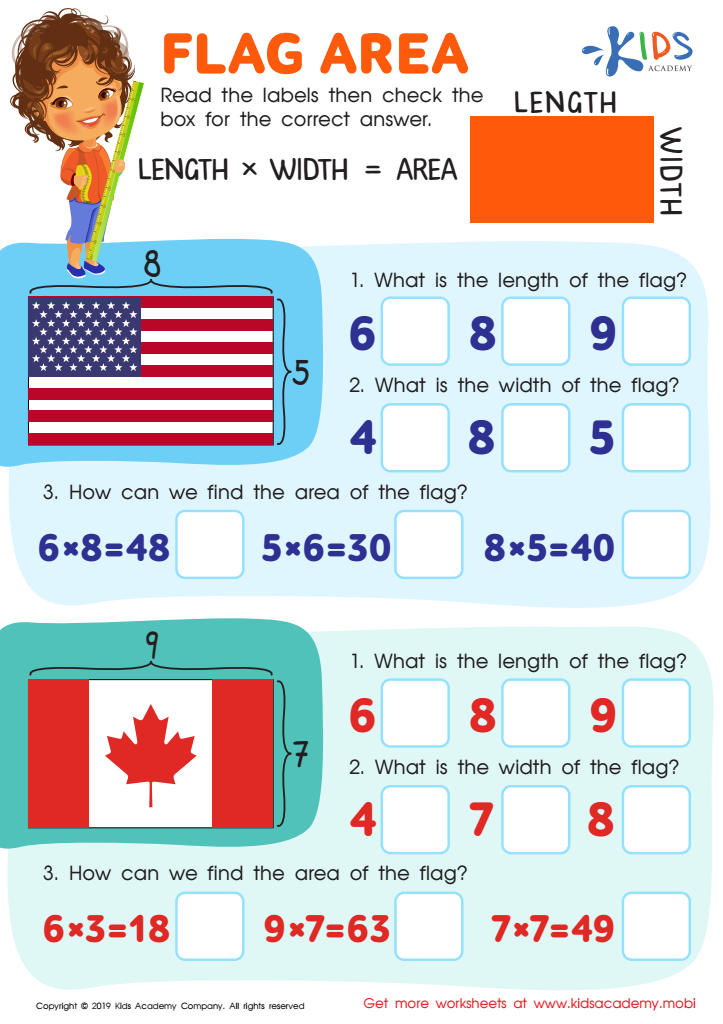

Flag Area Worksheet
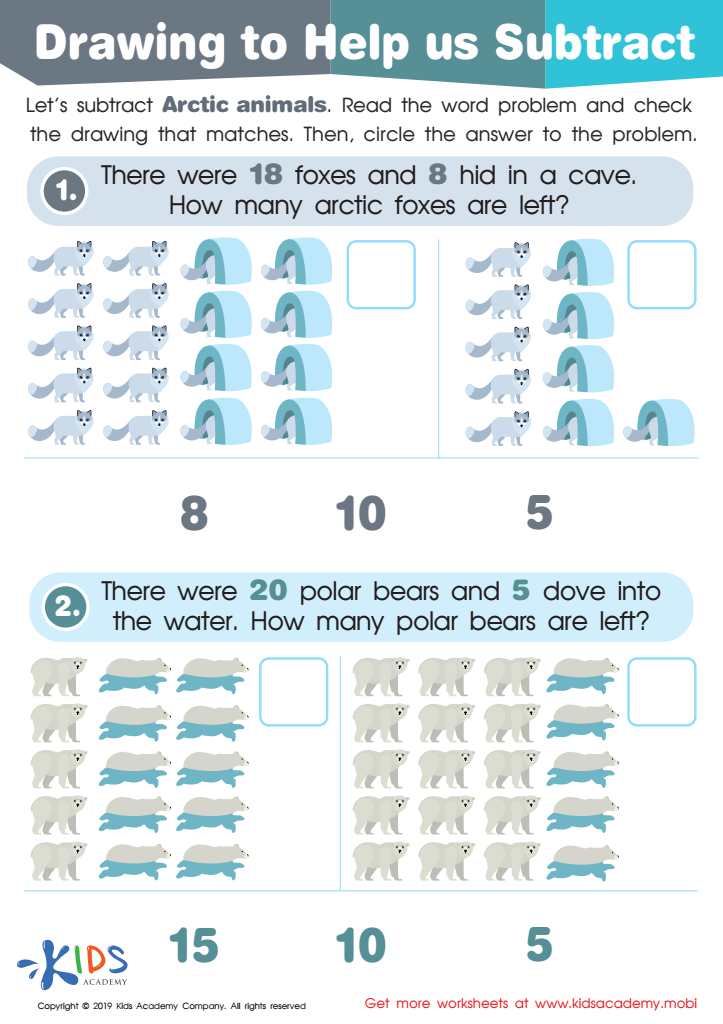

Drawing to Help Us Subtract Worksheet
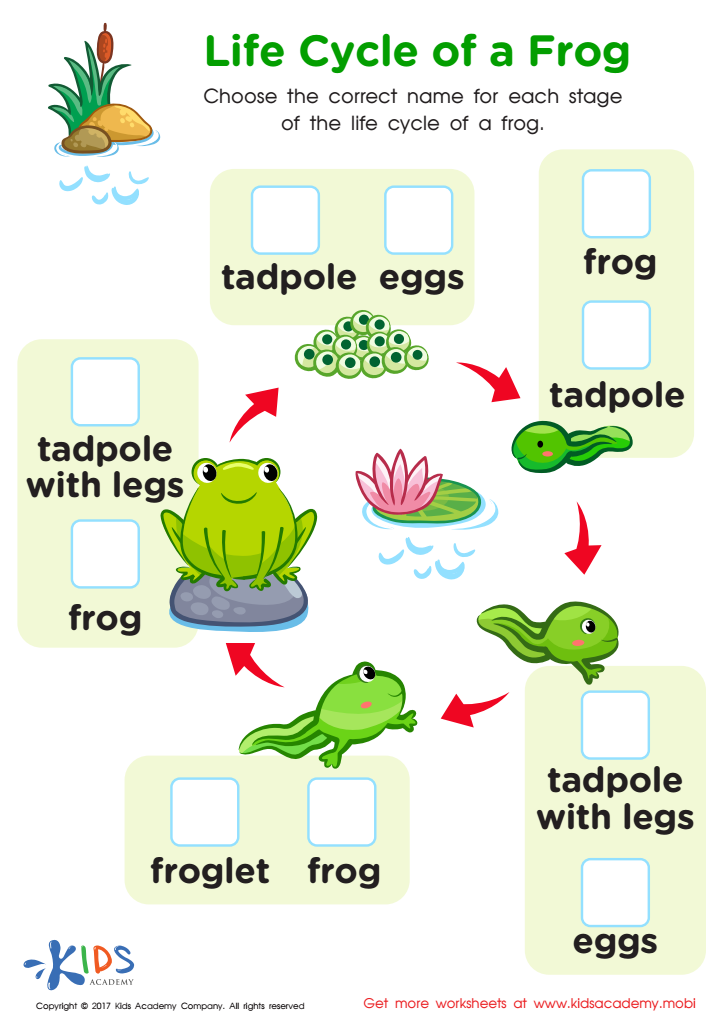

Life Cycle Frog Printable
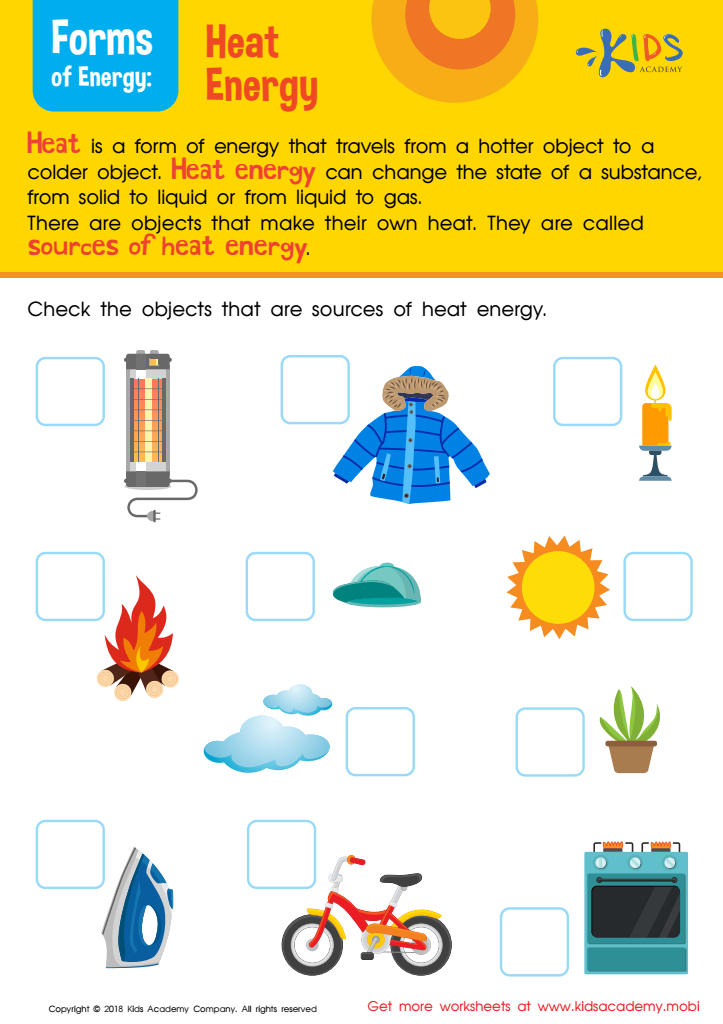

Sources of Heat Energy Worksheet
Visual learning is crucial for children between the ages of 3 and 8 as it aligns with their natural developmental stage, where they rely heavily on visual cues to understand and interact with the world around them. During these early years, children's brains are exceptionally receptive to visual stimuli, which supports their ability to grasp and retain new information more effectively.
Parents and teachers should prioritize visual learning because it supports cognitive development by helping children develop critical thinking and problem-solving skills. Visual aids like pictures, diagrams, and videos can make abstract concepts more concrete, facilitating better comprehension. For instance, using colorful images to demonstrate mathematical concepts or storytelling with illustrated books can significantly enhance a child's learning experience.
Additionally, visual learning caters to diverse learning styles. Some children find it easier to learn through seeing rather than listening or doing. By incorporating visual elements into teaching strategies, educators can reach a wider range of students and boost overall engagement and participation.
Moreover, visual learning encourages active participation, enabling children to interact with the material creatively. This can enhance their motivation and interest, fostering a love for learning early on. By appreciating the importance of visual learning, parents and teachers can create a more inclusive, engaging, and effective educational environment for young learners.
 Assign to My Students
Assign to My Students





